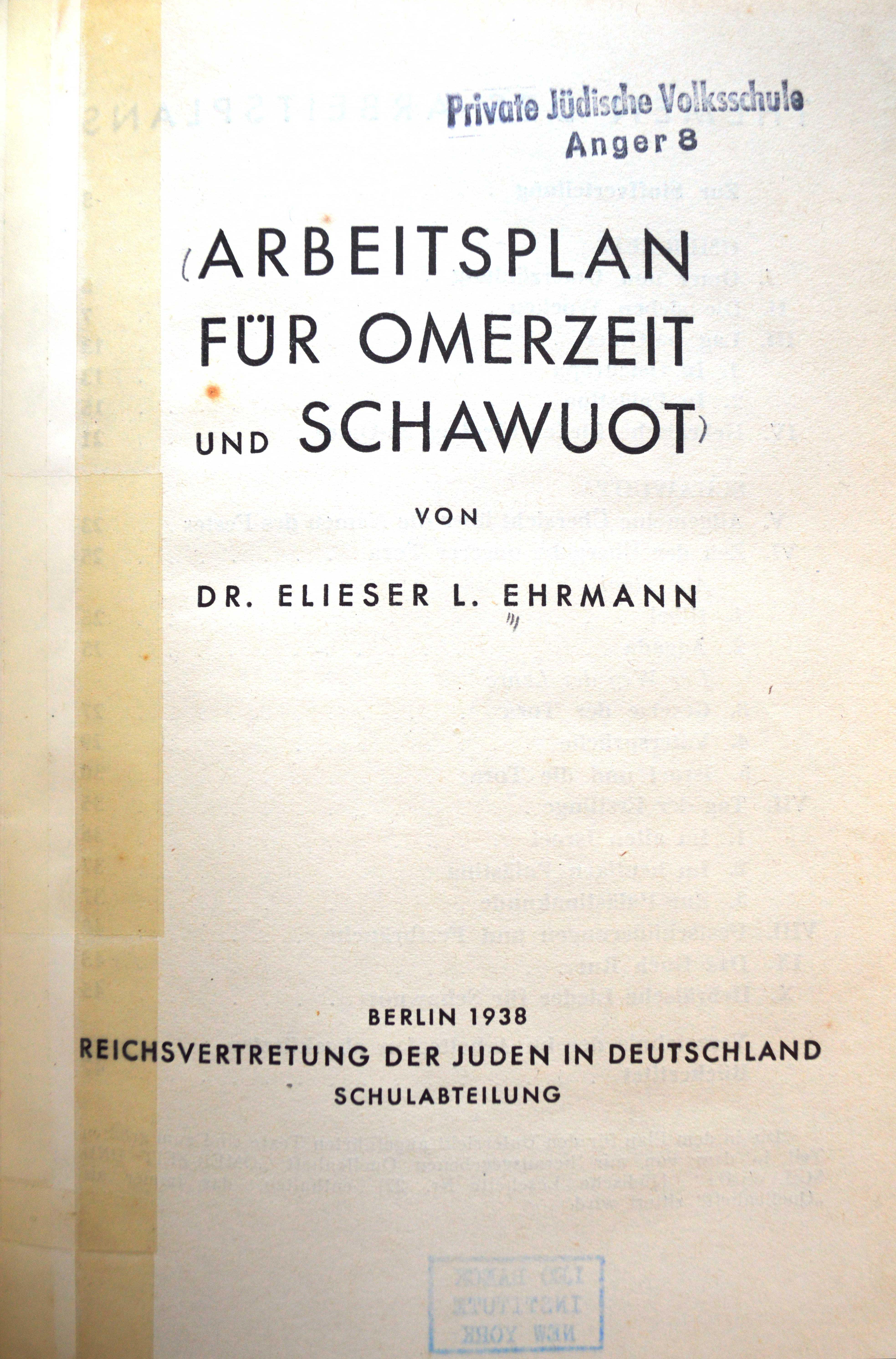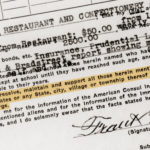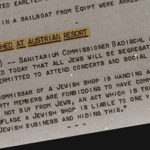Jewish schools
A safe space

-

“In his essay ‘Halakha and Aggada,’ Bialik passes on an interpretation which he has heard from Achad Haam: ‘He who heeds the spirit will hear from between its [this Mishna's] lines the murmur of the heart and the trembling concern for the future of a people which ‘walks the path’ and holds in its hands none of its possessions but a book, and whose entire inner connection to any one of its countries of residence is based only on its spirit.”
Berlin
For many Jewish children, going to public school turned into hell under the Nazis. Just getting there could mean running a gauntlet of anti-Jewish slights. At school, exclusion by fellow students and teachers was the rule. In order to spare their children this ordeal, parents who could afford it sent their children to Jewish schools. Before 1933, most assimilated German Jews attended public schools. However, in the hostile climate of the Nazi regime attendance at Jewish schools grew. Dr. Elieser L. Ehrmann, a pedagogue and employee of the school department of the Reich Representation of Jews in Germany had developed curricula for teachers at Jewish schools which aimed to deepen the knowledge of Jewish holidays and the customs accompanying them and thus instill a positive Jewish identity. The excerpt shown here is from Ehrmann’s “Curriculum for the Omer and Shavuot [Feast of Weeks],” published in 1938 by the Reich Representation of Jews in Germany. That year, the first day of Shavuot fell on June 5.













































